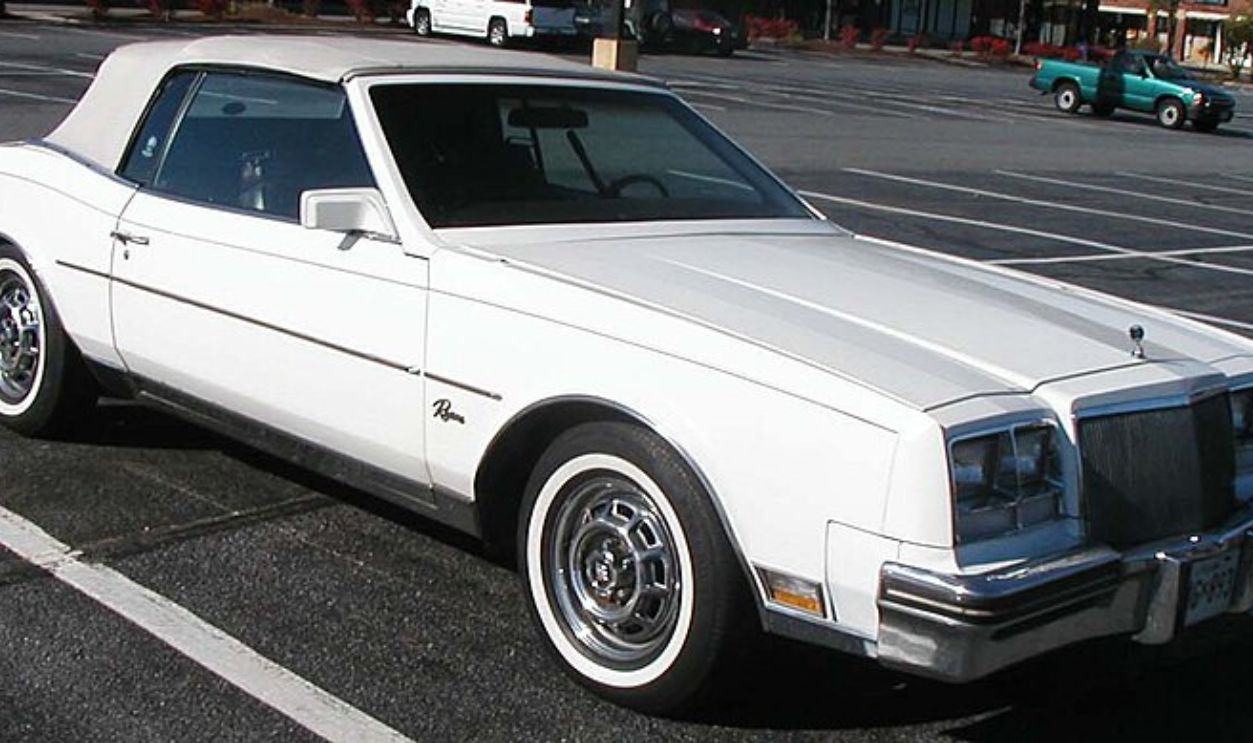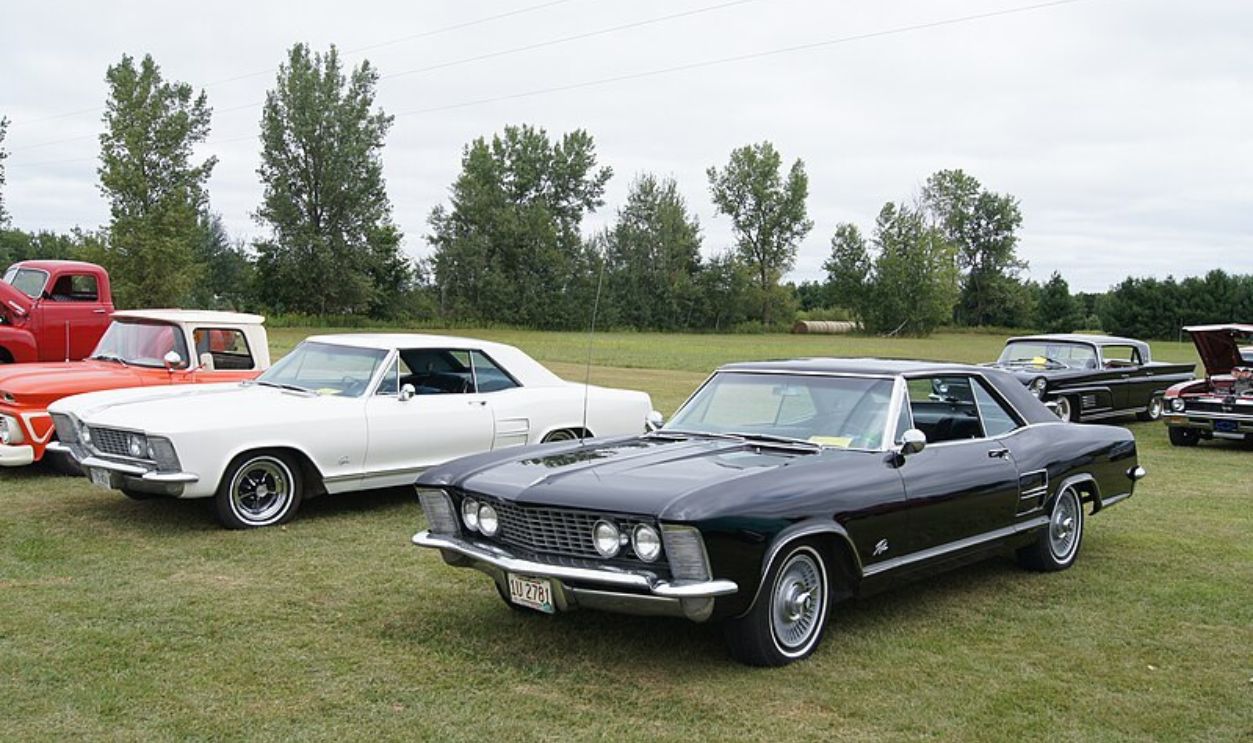The Riviera’s Legendary Legacy
The 20th century witnessed the launch of various magnificent cars that are a definition of luxury even today. One such icon was the Buick Riviera. Launched in 1963, it dazzled the world with its elegant design. Let’s explore Riviera’s epic journey in frames.
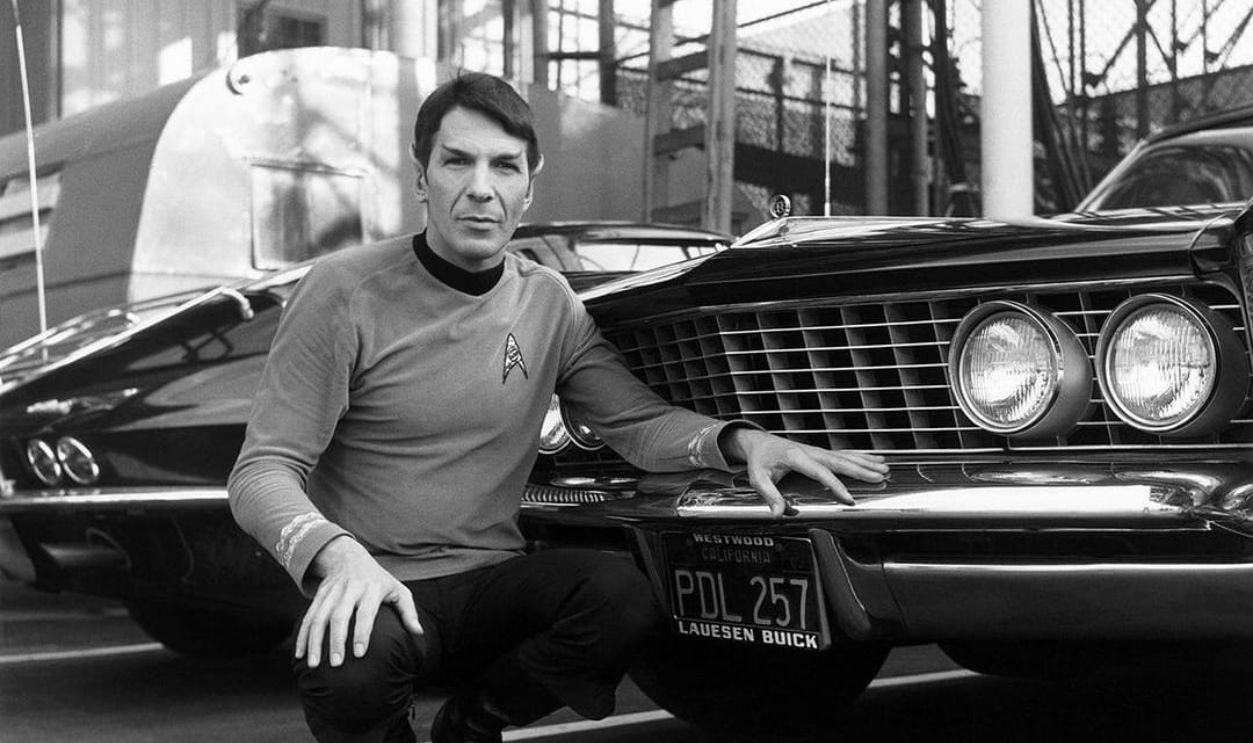
The Birth Of The 1963 Buick Riviera
Revealed as a concept car at the 1963 General Motors Motorama, Riviera made an immediate impact with its “sharp-edge” styling, hidden headlights, and sweeping lines. This masterpiece was designed under General Motors’ design vice president, Bill Mitchell. Its performance and elegance are echoing even today.
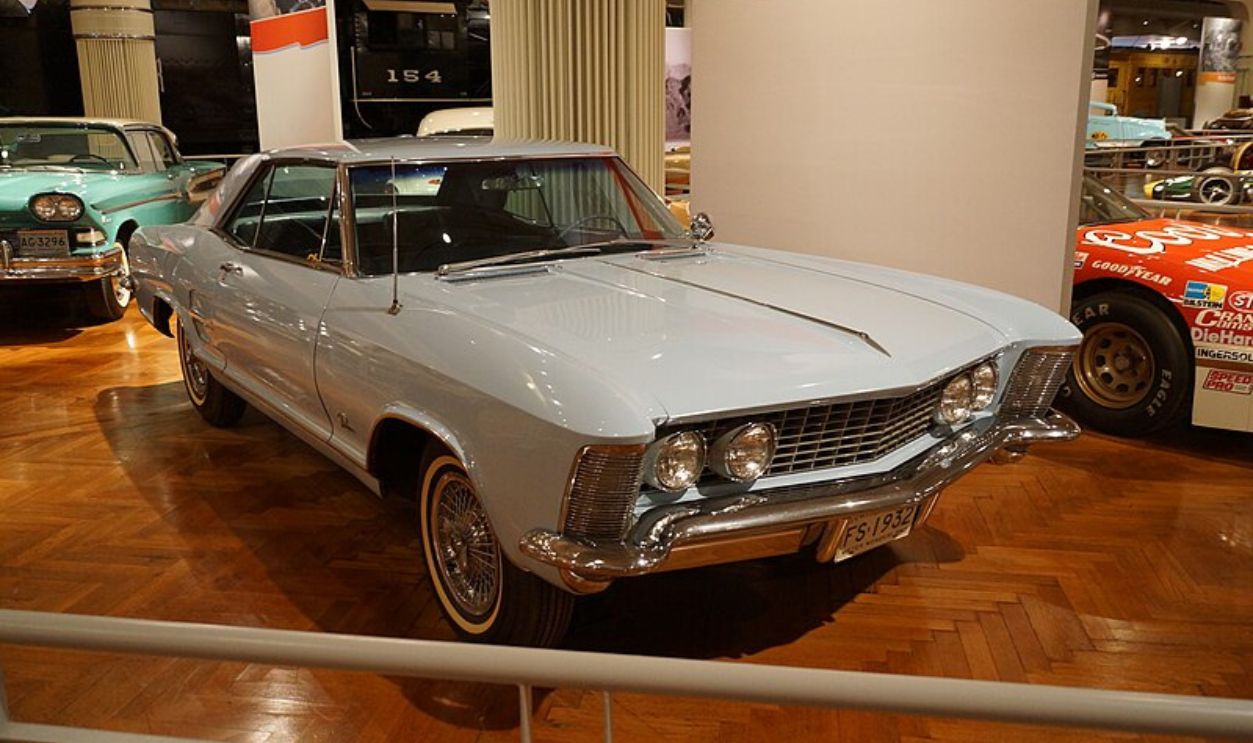 Greg Gjerdingen, CC BY 2.0, Wikimedia Commons
Greg Gjerdingen, CC BY 2.0, Wikimedia Commons
The Vision Behind The 1963 Buick Riviera
Buick built the Riviera to compete with the Ford Thunderbird in the “personal luxury” market. Bill Mitchell desired a car with the elegance of a Rolls-Royce and the aggressiveness of a Ferrari. This ambition resulted in the innovation of this magnificent classic.
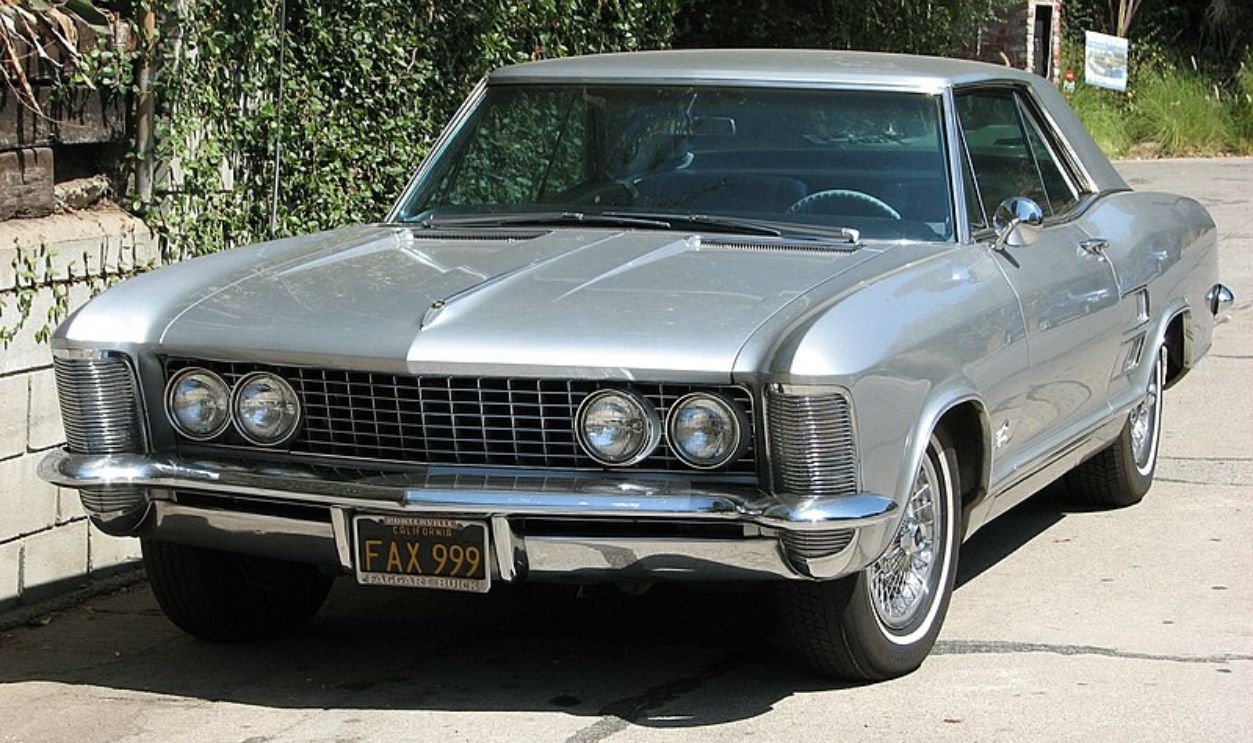 PATRICE RAUNET, Wikimedia Commons
PATRICE RAUNET, Wikimedia Commons
The 1963 Debut
The first production, the Buick Riviera, came on the market in 1963. It was considered costly, with a base price of $4,333. However, it had an impressive level of standard equipment. It quickly obtained a reputation as a high-performance car, which gave comfort with driving excitement.
 Greg Gjerdingen, CC BY 2.0, Wikimedia Commons
Greg Gjerdingen, CC BY 2.0, Wikimedia Commons
Iconic Features Of The 1963 Riviera
This two-door personal luxury coupe came with a plush interior and a powerful V8 engine. It also had advanced features like power seats and air conditioning. Moreover, every Riviera came with a Twin Turbine automatic transmission and power steering.
![]() Greg Gjerdingen, CC BY 2.0, Wikimedia Commons
Greg Gjerdingen, CC BY 2.0, Wikimedia Commons
The 1963 Riviera’s Early Performance And Engine Options
When it was first introduced in 1963, this elegant car came with a 6.6-liter V8 engine, generating 325 horsepower and 445 lb-ft of torque. Renowned as the “Nailhead” engine, the Buick Riviera offered enough power for smooth highway cruising.
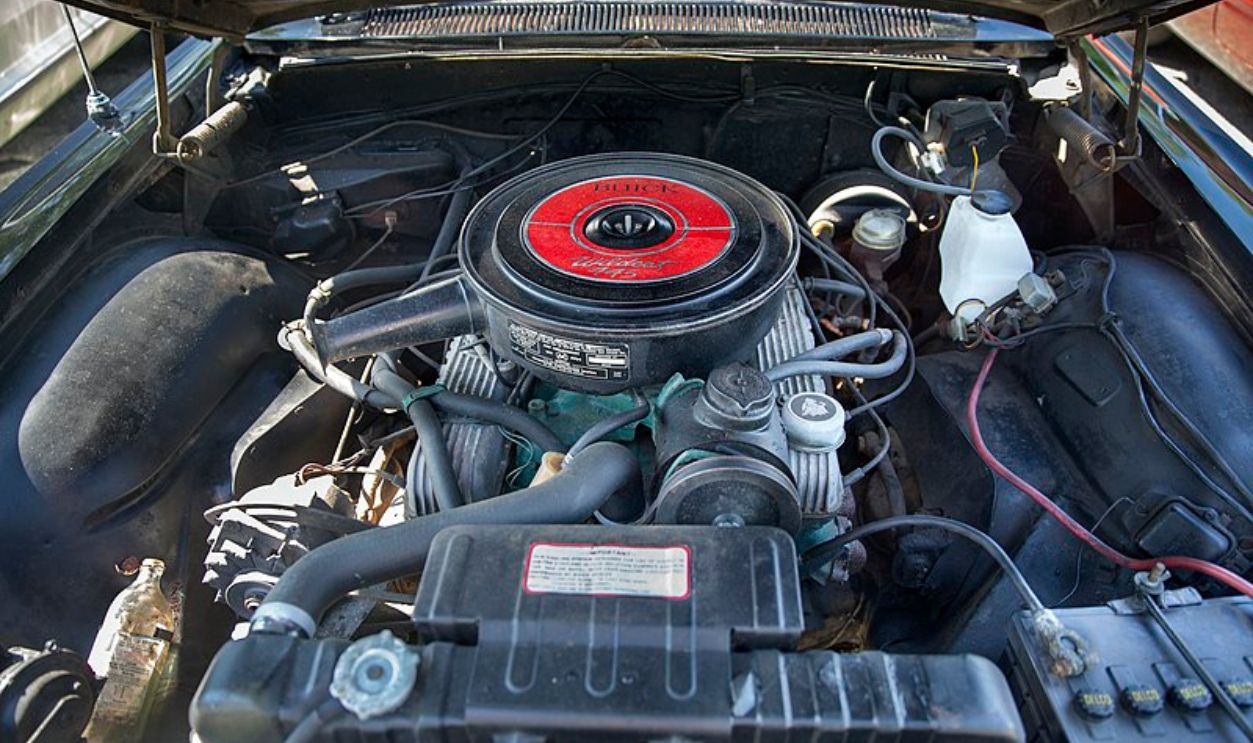 Mr.choppers, CC BY-SA 3.0, Wikimedia Commons
Mr.choppers, CC BY-SA 3.0, Wikimedia Commons
The 1965 Redesign
Buick made some design refinements in the 1965 model that raised its aesthetic appeal. One such significant change was the introduction of the “clamshell” hidden headlights, which became its defining characteristic. More dramatic curves were added to the fenders and doors, making Riviera more elegant.
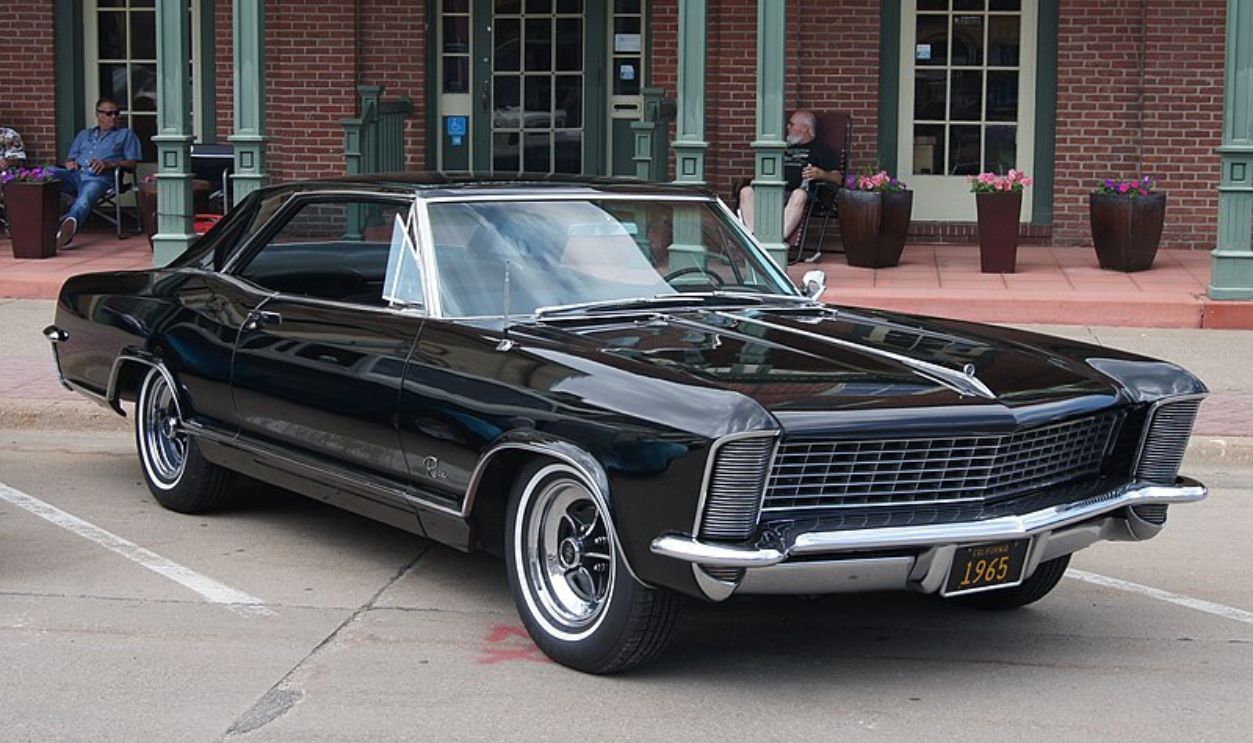 Greg Gjerdingen, CC BY 2.0, Wikimedia Commons
Greg Gjerdingen, CC BY 2.0, Wikimedia Commons
The 1965 Gran Sport (GS) Model
In 1965, Buick launched a Gran Sport option across its range of models, which included the Riviera. Upgrades like larger exhaust tubes and a limited-slip differential were included in the GS package. The Super Wildcat 425 engine was the standard powerplant for this model.
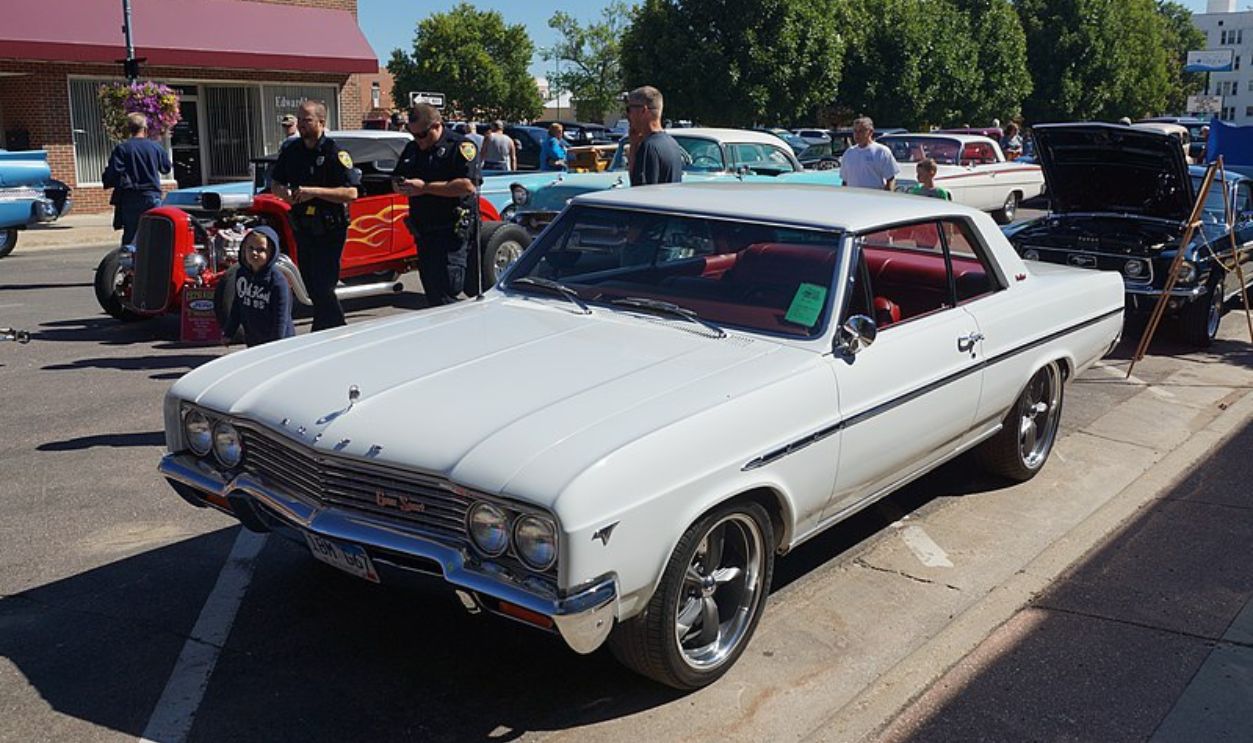 Greg Gjerdingen, CC BY 2.0, Wikimedia Commons
Greg Gjerdingen, CC BY 2.0, Wikimedia Commons
The Riviera’s Role In Buick’s Brand Identity
The 1963-1965 Riviera was very much regarded among the automotive press and loved by wealthy buyers at that time, and it played a key role in the success of Buick. The car was proof of the company’s commitment to innovation and craftsmanship, with the pursuit of automotive excellence.
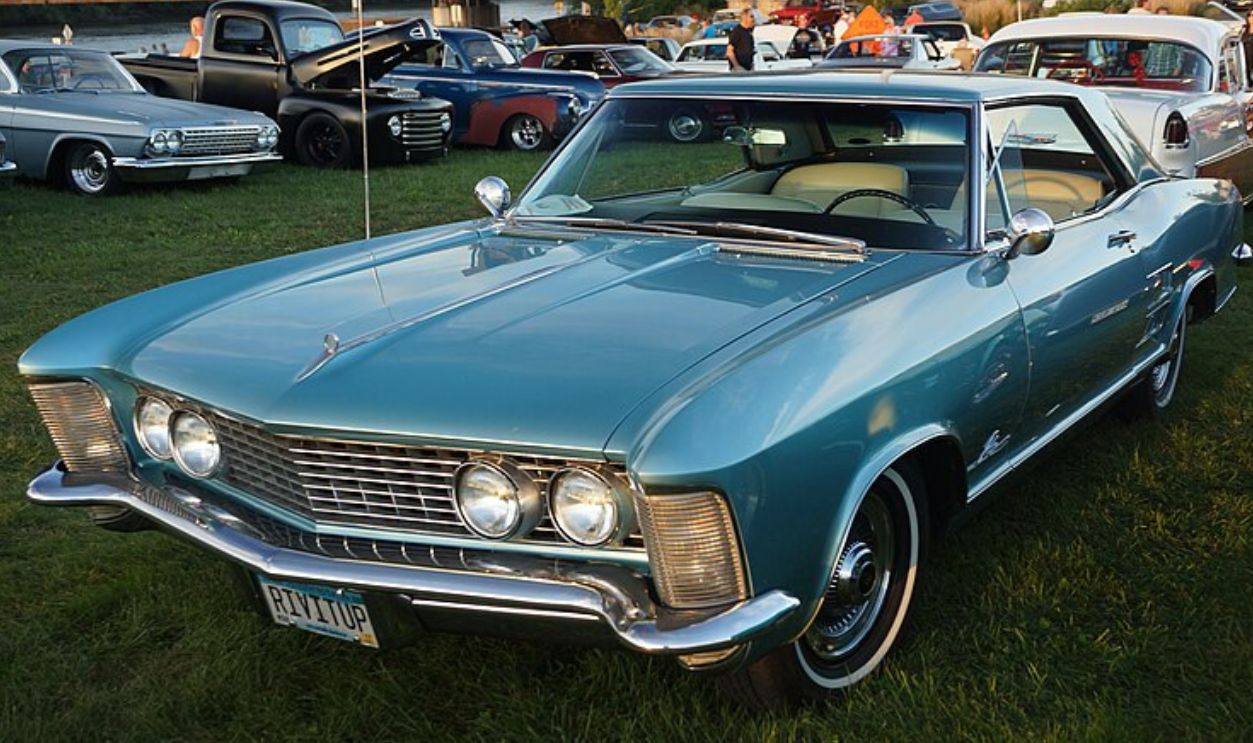 Greg Gjerdingen, CC BY 2.0, Wikimedia Commons
Greg Gjerdingen, CC BY 2.0, Wikimedia Commons
A True Icon Of America
The first-generation model has remained a symbol of luxury and design of the mid-century automotive industry. It captured the spirit of the 1960s with its astonishing performance and stunning design. It is considered a hallmark of innovation among car enthusiasts.
![]() Greg Gjerdingen, CC BY 2.0, Wikimedia Commons
Greg Gjerdingen, CC BY 2.0, Wikimedia Commons
The 1966-1970 Riviera
The personal luxury was redesigned, integrating the trending design of the late 1960s. New safety innovative safety features were introduced like energy-absorbing bumpers. Moreover, suspension upgrades improved the vehicle’s handling. Riviera’s astonishing features and advancements made it a definition of opulence.
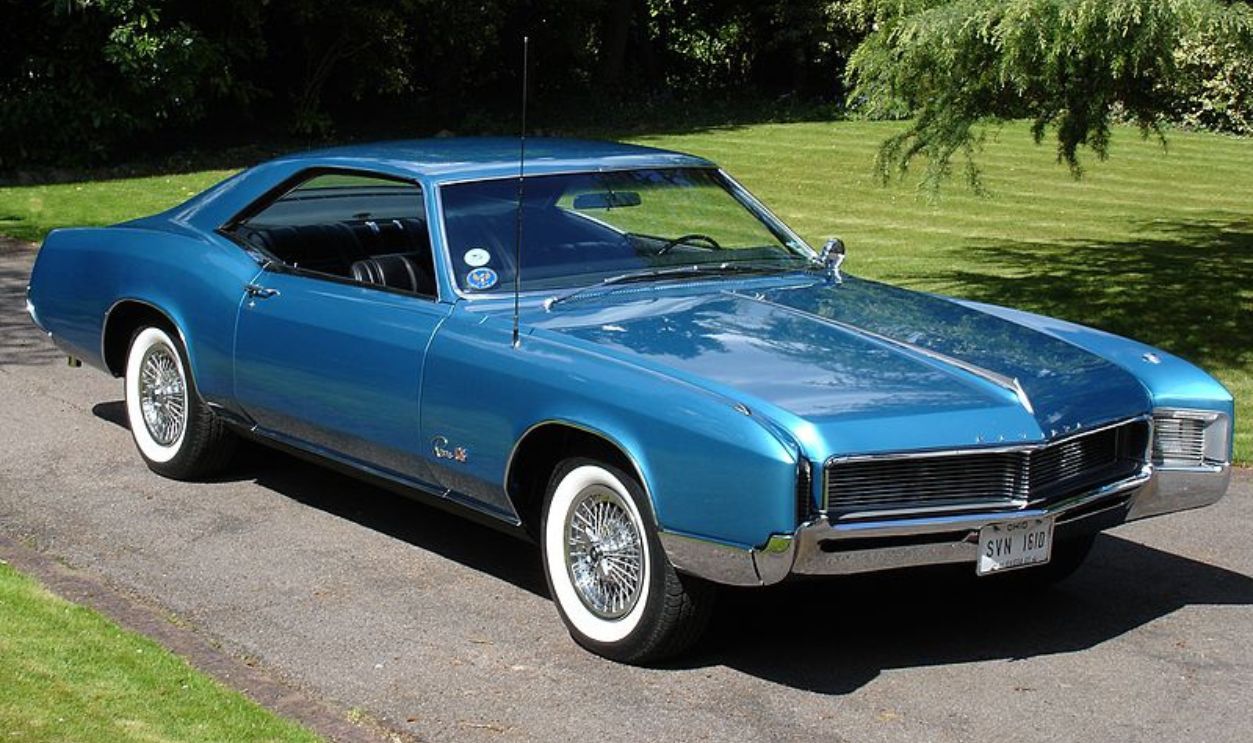 Harleyriv, CC BY-SA 3.0, Wikimedia Commons
Harleyriv, CC BY-SA 3.0, Wikimedia Commons
The 1970s
With a sleeker and more angular appearance, the 1971 Riviera had a more restrained design. Buick downsized the engine options for fuel efficiency due to the imposed regulations for emissions standards. Nonetheless, the car maintained its luxurious appeal.
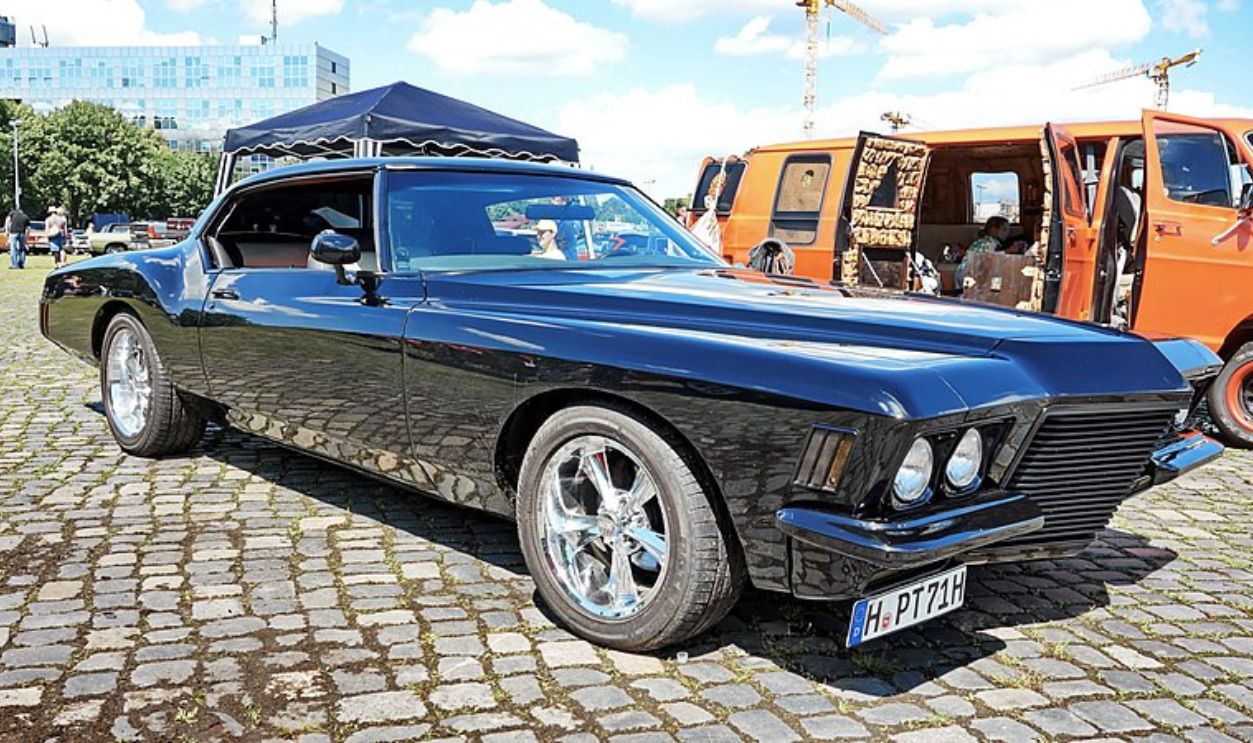 More Cars, CC BY 2.0, Wikimedia Commons
More Cars, CC BY 2.0, Wikimedia Commons
The Boat-Tail Riviera (1971-1973)
Among the main styling features of the Riviera model of this period was its boattail design. The early 1970s Buick designs were more smoothly rounded, with massive hoods and curved fuselage bodysides. The Boat-Tail Riviera models were only produced from 1971-1973.
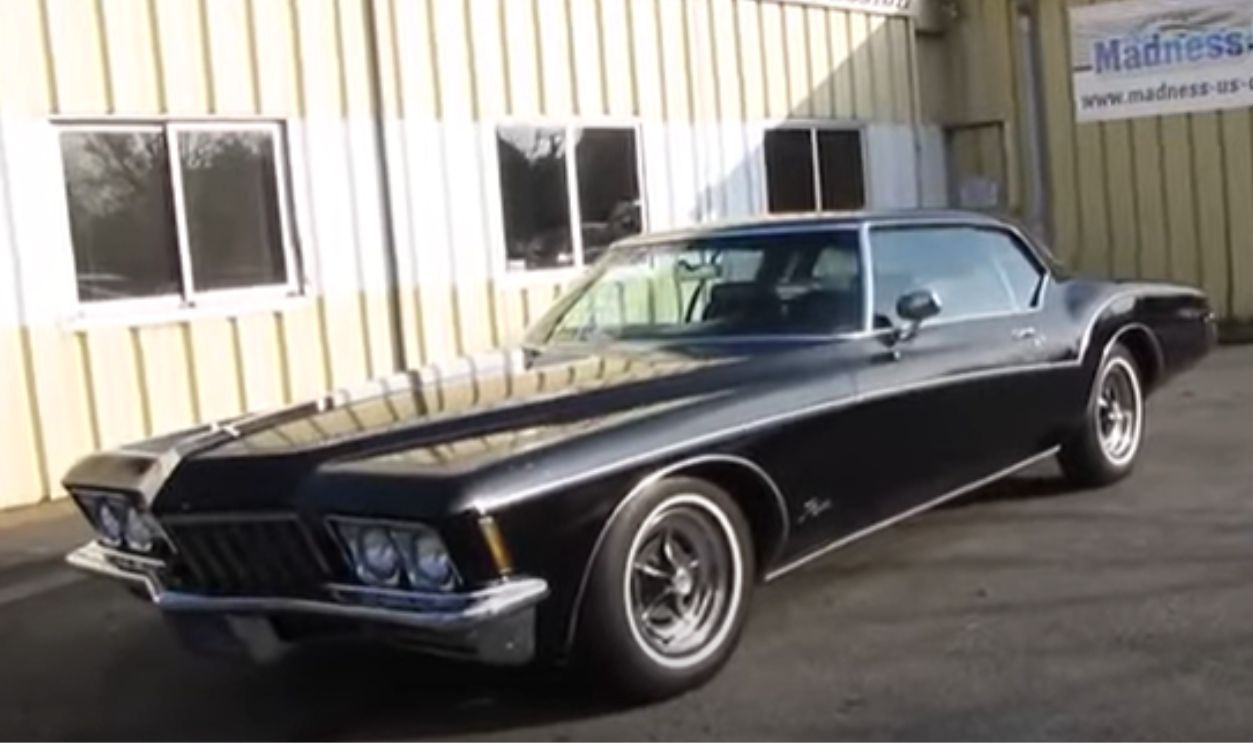 Buick Riviera 1971 Boat Tail by MadnessUS
Buick Riviera 1971 Boat Tail by MadnessUS
Performance Upgrades In The 1970s Models
Buick embraced a formal styling approach with the 1974-1978 Riviera models. They came with a more upright grille, longer wheelbase, more luxor, and more comfort. The company continued to enhance the allure of its Riviera with each passing year.
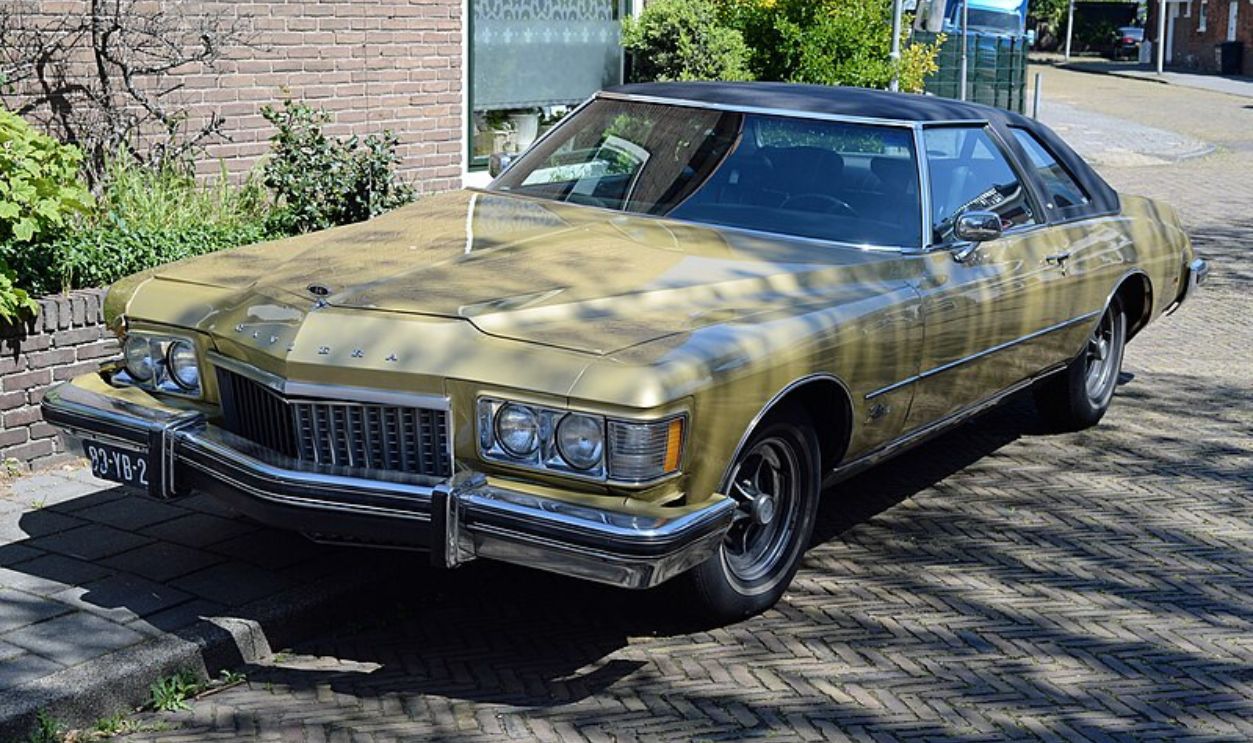 Happy picture pages, CC BY 2.0, Wikimedia Commons
Happy picture pages, CC BY 2.0, Wikimedia Commons
Technological Innovations In The Riviera
Buick launched innovative technologies such as the MaxTrac traction control system during the fourth generation 1974-1978. This made Riviera stand apart as a technologically advanced luxury coupe. Moreover, the 1978 model came with a 3.8L turbo V6 engine that generated up to 180 horsepower.
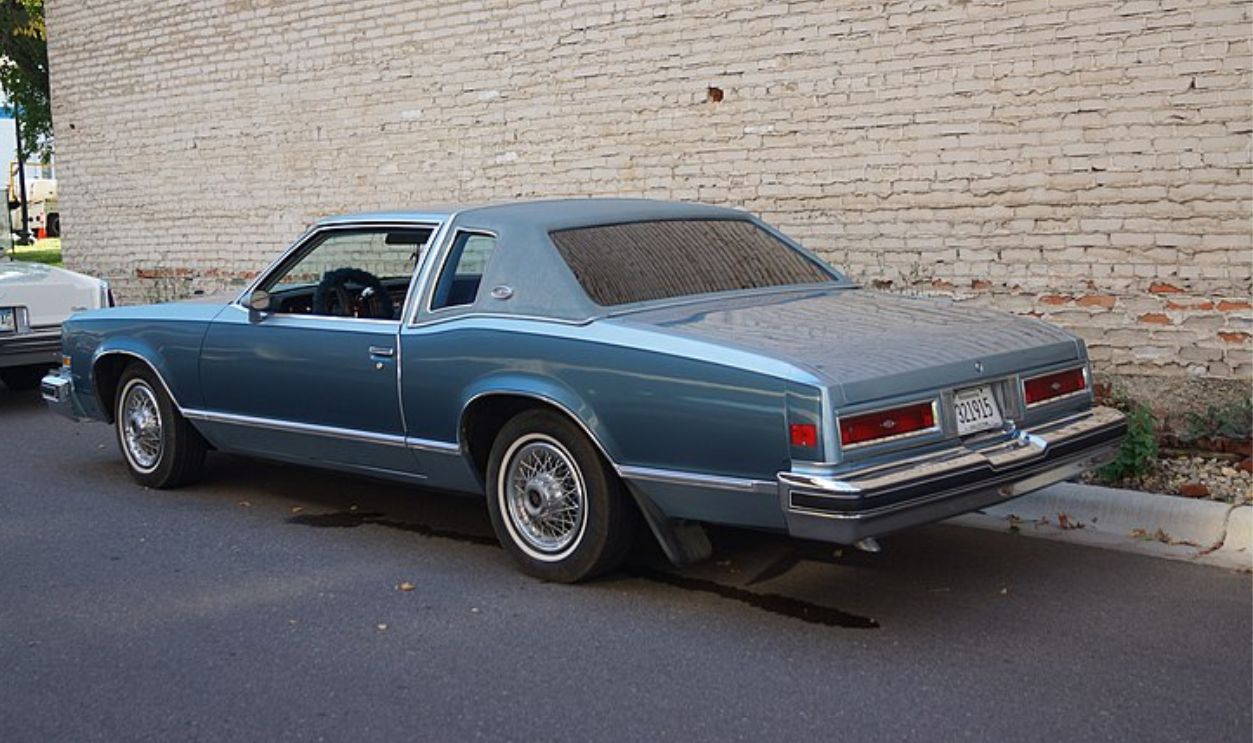 Greg Gjerdingen, CC BY 2.0, Wikimedia Commons
Greg Gjerdingen, CC BY 2.0, Wikimedia Commons
1979-1985 Riviera
The fifth-generation Riviera returned to a sleeker and more aerodynamic design. Buick introduced a downsized platform with the 1980 model that enhanced fuel efficiency without hindering performance. Furthermore, it adopted new features, including digital instrumentation and electronic fuel injection. The handling system also saw improvement.
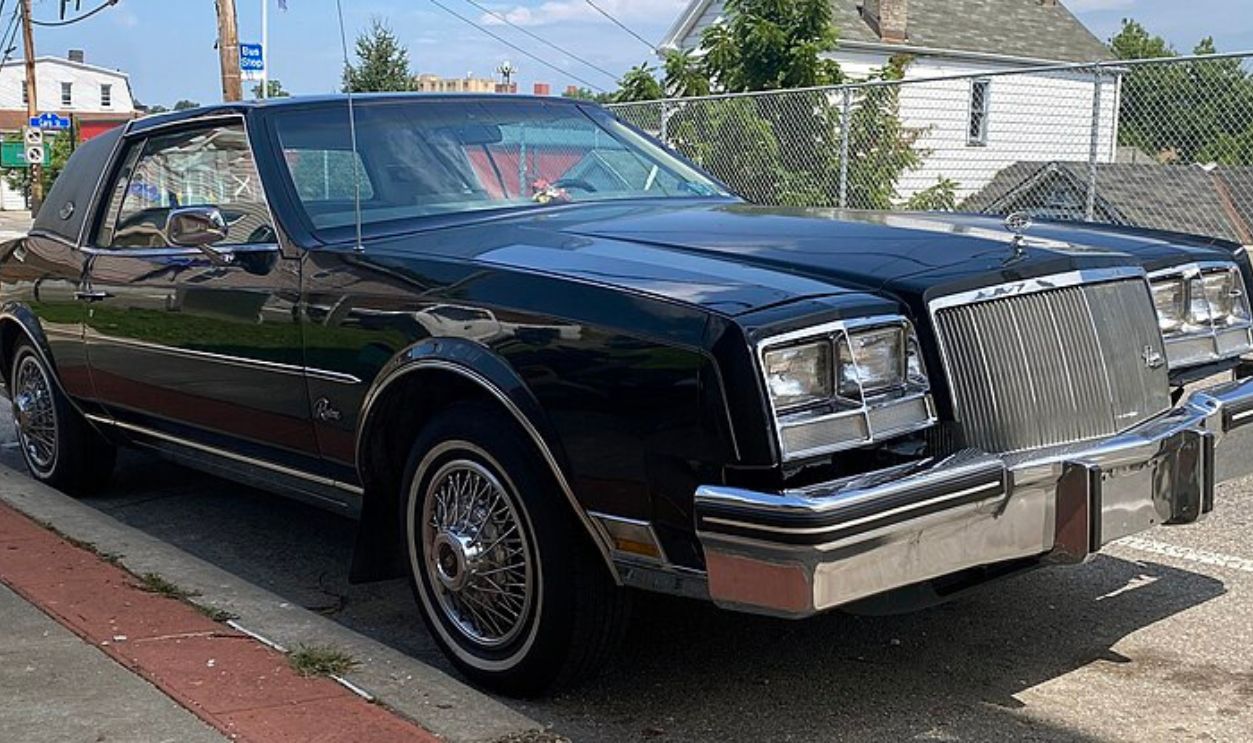 Cutlass, CC0, Wikimedia Commons
Cutlass, CC0, Wikimedia Commons
The 1980s
The 1982 Buick Riviera convertible was not designed for the masses. It was built in limited quantities, targeting wealthy buyers. It was the first convertible from the company since 1975. American Sunroof Corporation did extensive modifications to transform coup into convertibles.
The 1990s
Buick Riviera’s subsequent generations further evolved in terms of design, performance, and technology. From the introduction of front-wheel drive in the 1980s to the sleek designs of the 1990s and early 2000s, Buick kept crafting a luxury vehicle that reflected the essence of its time.
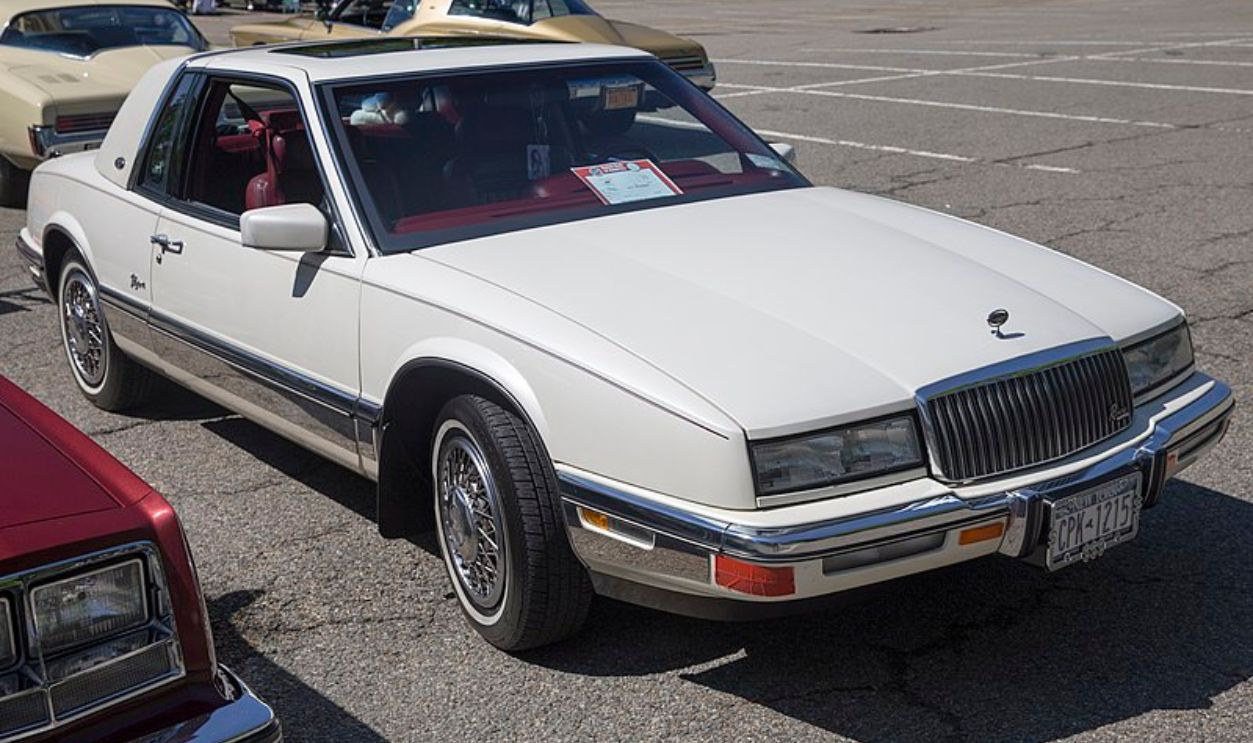 Mr.choppers, CC BY-SA 3.0, Wikimedia Commons
Mr.choppers, CC BY-SA 3.0, Wikimedia Commons
1995 Makeover
In 1995, the Riviera had a complete makeover after taking a break in 1994. An optional supercharged 3800 V6 with 225 horsepower (168 kW) and 275 lb-ft (373 N⋅m) was available in addition to the regular 205 horsepower (153 kW) naturally aspirated 3800 V6.
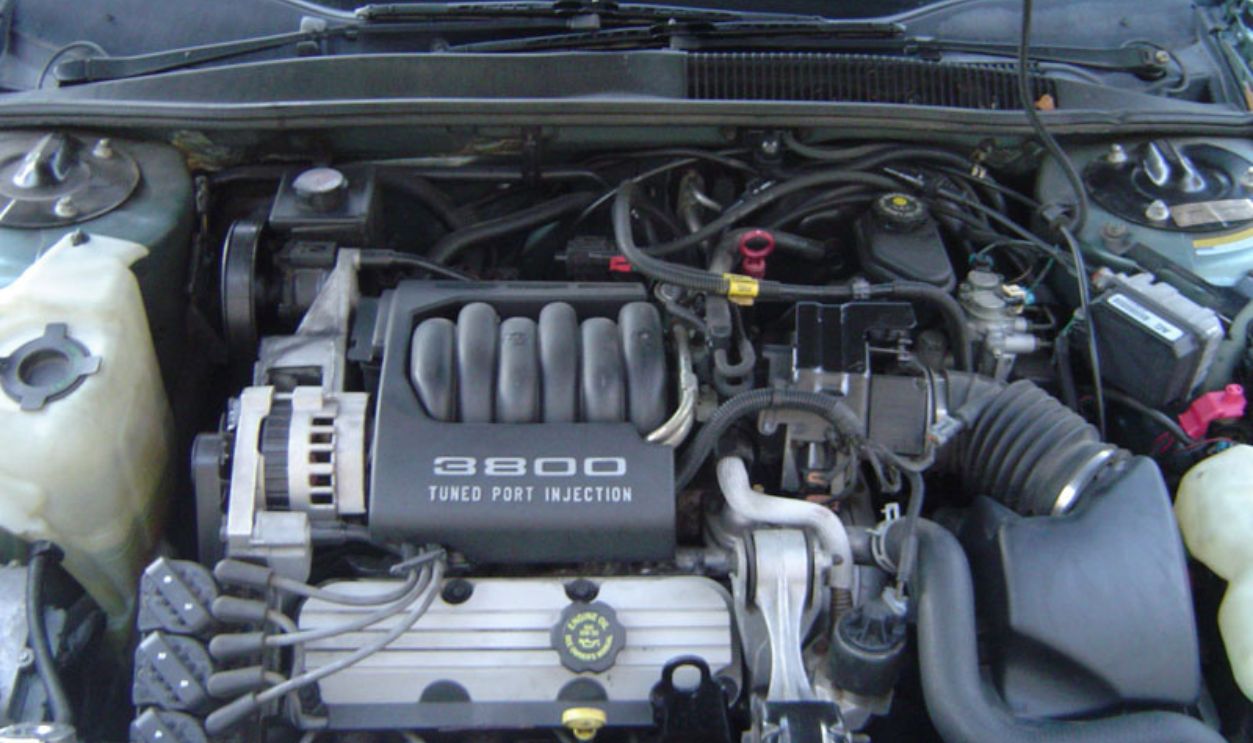 Xearis, CC BY-SA 2.5, Wikimedia Commons
Xearis, CC BY-SA 2.5, Wikimedia Commons
The Supercharged V6 Of The Eighth-Generation Riviera
The most potent V6 Buick engine since the 1980s Grand Nationals was fitted to eighth-generation (1995–1999) Rivieras. With its tremendous torque and acceleration, the supercharged OHV V6 could quickly go from 0 to 60 miles per hour within 7 seconds.
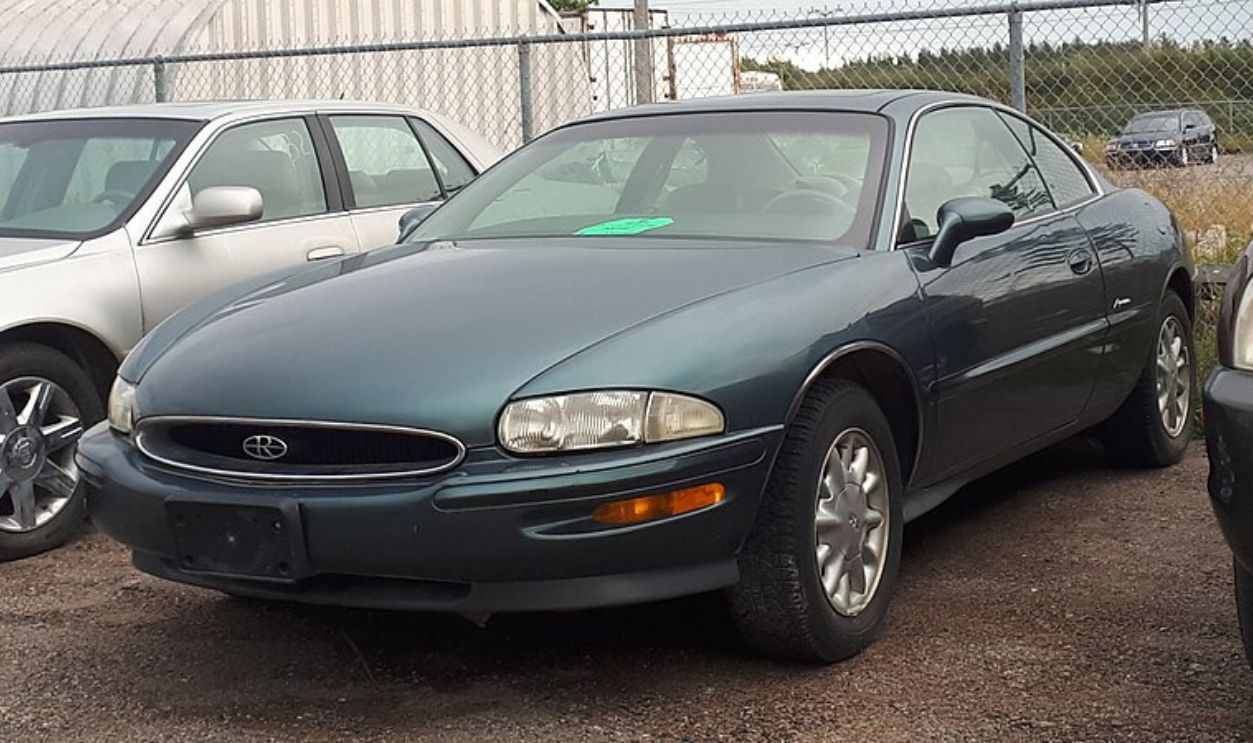 SsmIntrigue, CC BY-SA 4.0, Wikimedia Commons
SsmIntrigue, CC BY-SA 4.0, Wikimedia Commons
Discontinuation In 1999
While the Riviera stopped being produced in 1999, it left a legacy on the automotive history. The production of this masterpiece has ceased; however, its elegance and performance still enthrall car enthusiasts. It has earned a symbol of elegance and sophistication in the entire automobile industry.
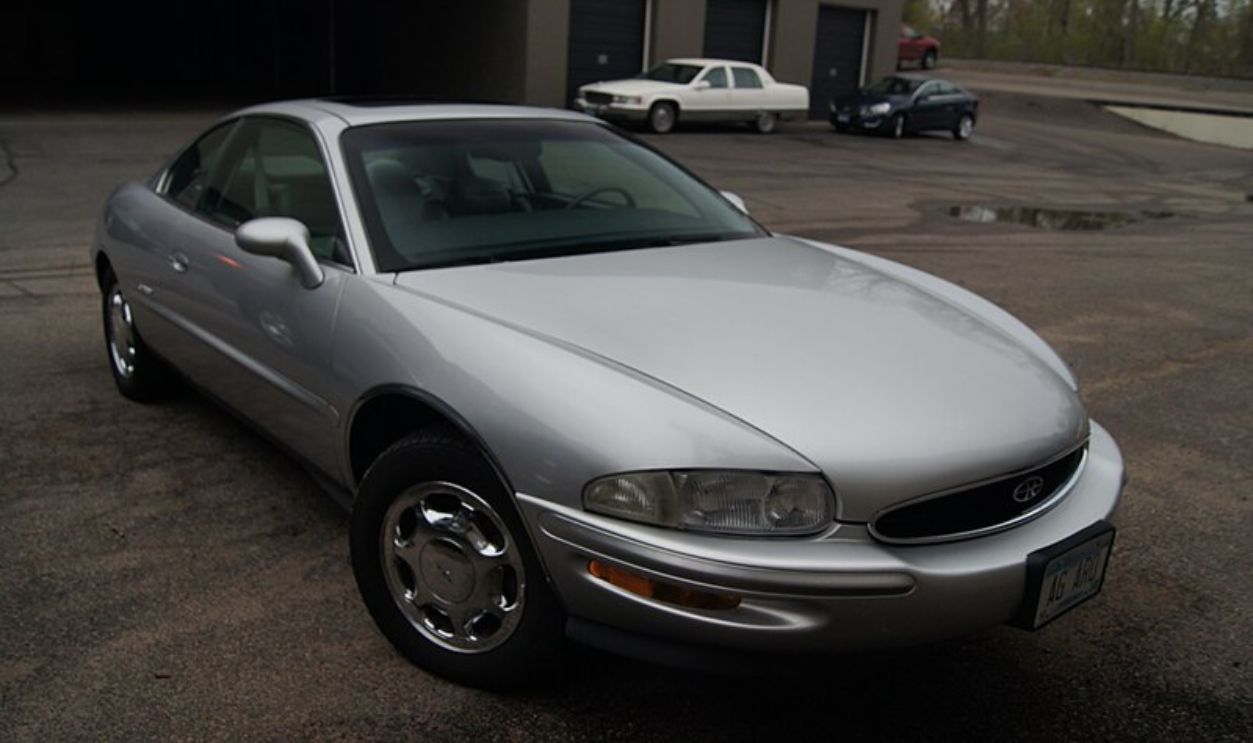 Greg Gjerdingen, CC BY 2.0, Wikimedia Commons
Greg Gjerdingen, CC BY 2.0, Wikimedia Commons
The Legacy Of The Buick Riviera
This personal luxury is known for impacting the market and inspiring future automobiles. It remains one of the most influential and celebrated models in the automotive industry. It demonstrates Buick’s dedication to quality craftsmanship and automotive excellence.
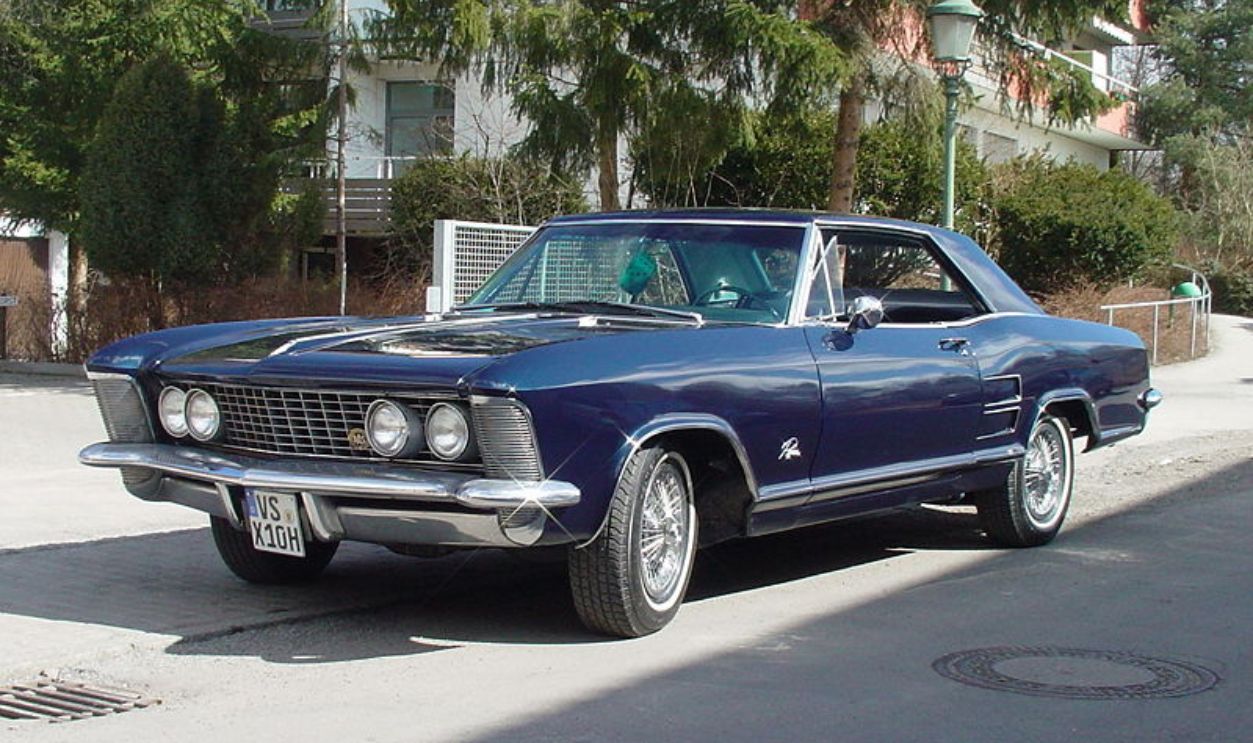 Patbommer, CC BY-SA 2.0, Wikimedia Commons
Patbommer, CC BY-SA 2.0, Wikimedia Commons
Riviera As A Collector’s Item
The car has earned a lasting legacy due to its perfect blend of European-inspired design and American luxury. Collectors and enthusiasts admire it even today because of its timeless design. The exclusivity of Riviera adds a great appeal as a collector’s item.
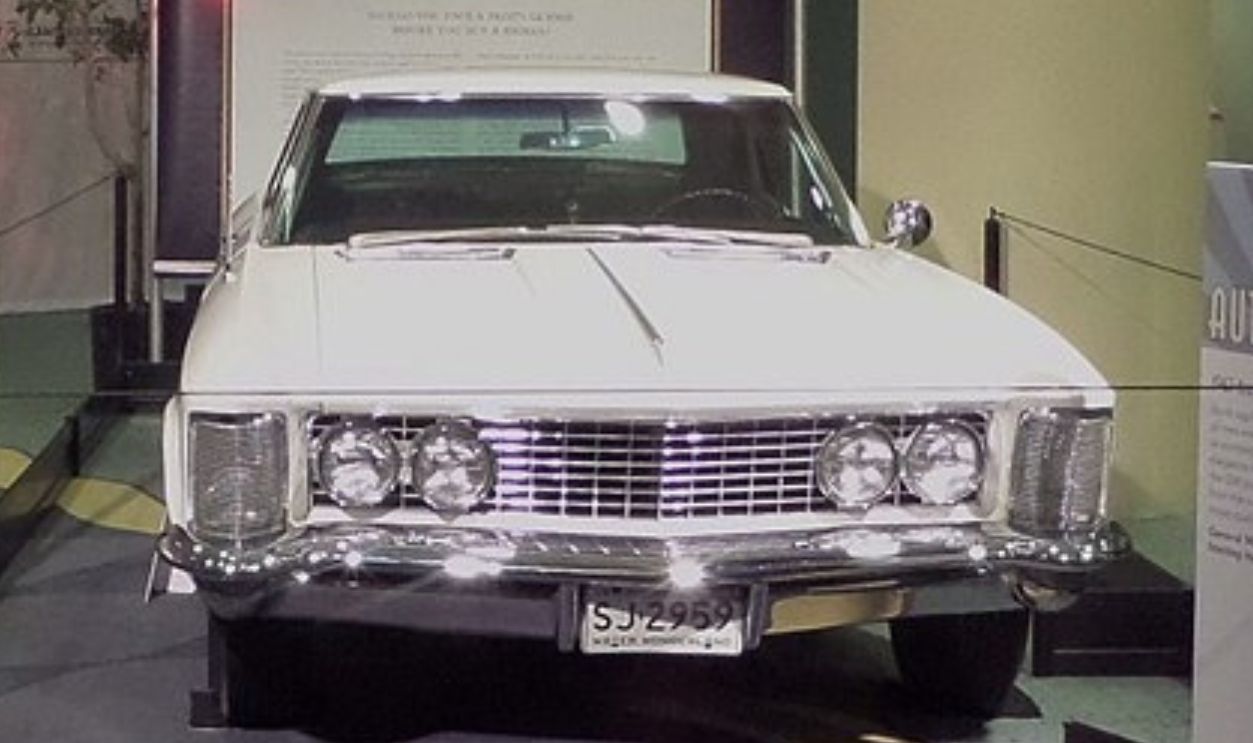 Tino Rossini, CC BY 2.0, Wikimedia Commons
Tino Rossini, CC BY 2.0, Wikimedia Commons
Buick Riviera In Popular Culture
The Buick Riviera made one of its most iconic on-screen appearances in the beloved movie The Graduate. Dustin Hoffman’s character, Benjamin Braddock, drives a gorgeous 1966 Buick Riviera in this classic coming-of-age film. It became ingrained in popular culture and appeared in numerous films and shows.
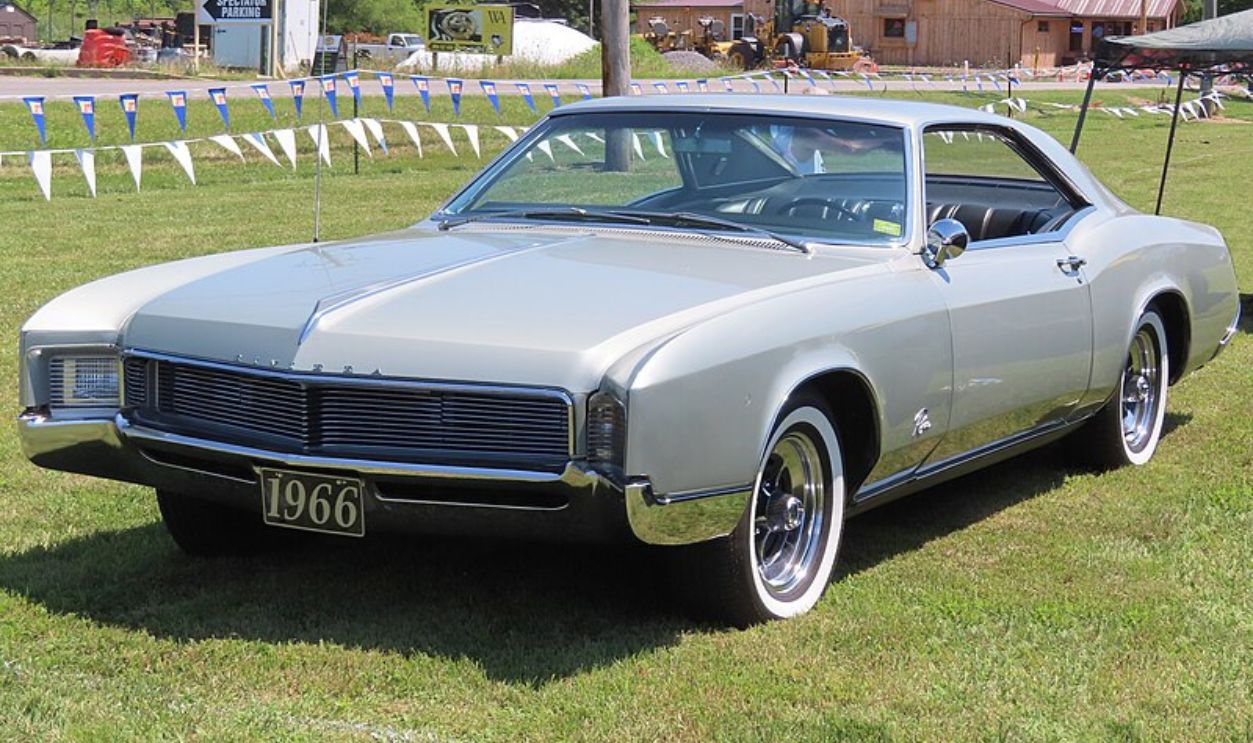 MercurySable99, CC BY-SA 4.0, Wikimedia Commons
MercurySable99, CC BY-SA 4.0, Wikimedia Commons
Evolution Of The Riviera
The eight succeeding generations differed greatly in size and design, but the early models remained relatively true to their initial shape. A total of 1,127,261 Rivieras were created. It is deemed a true masterpiece of its era and influences the automobile world even today.


